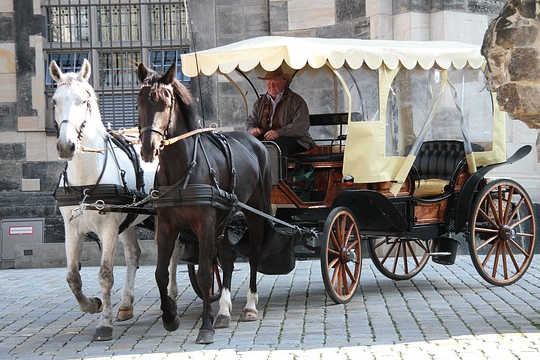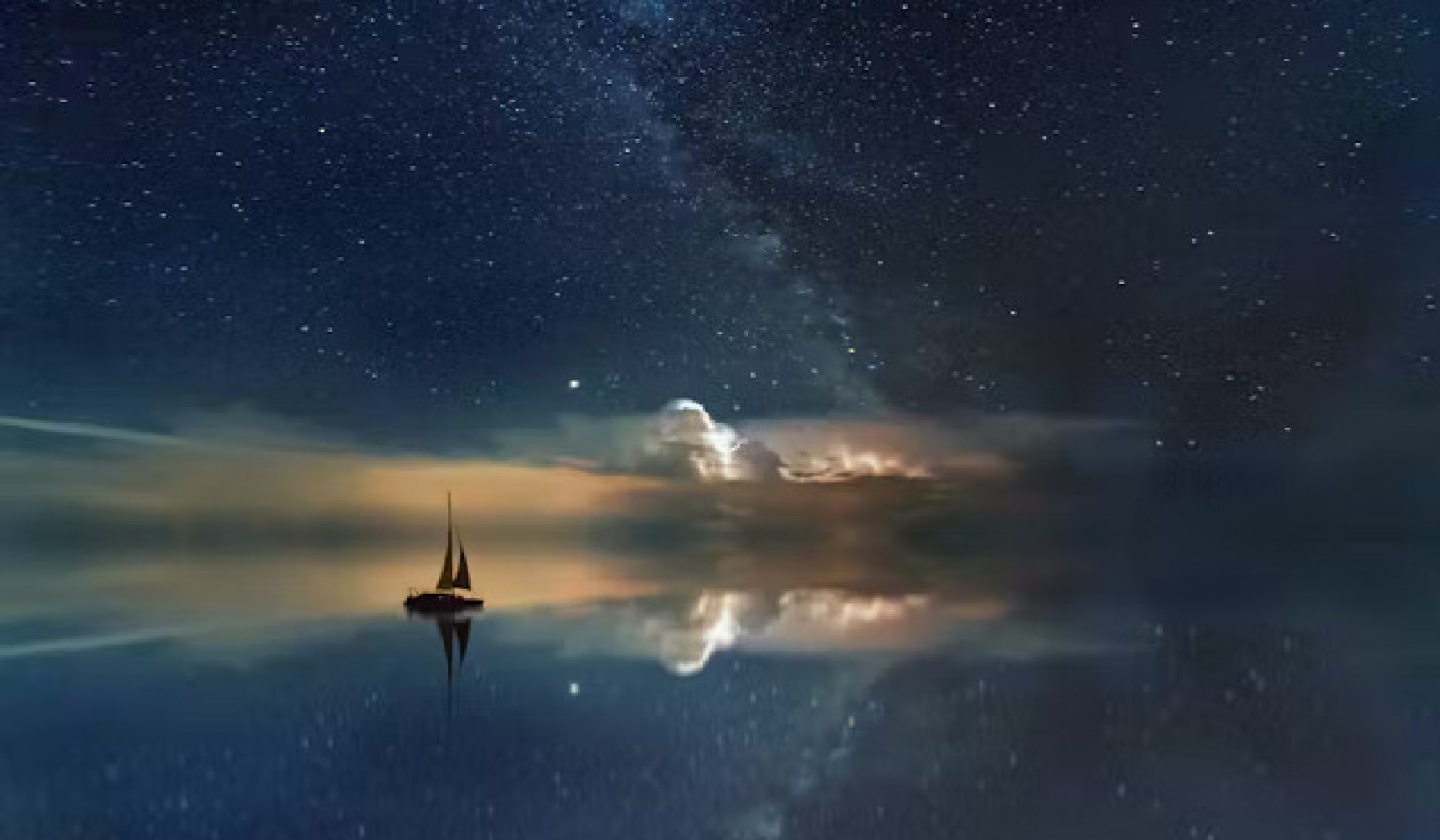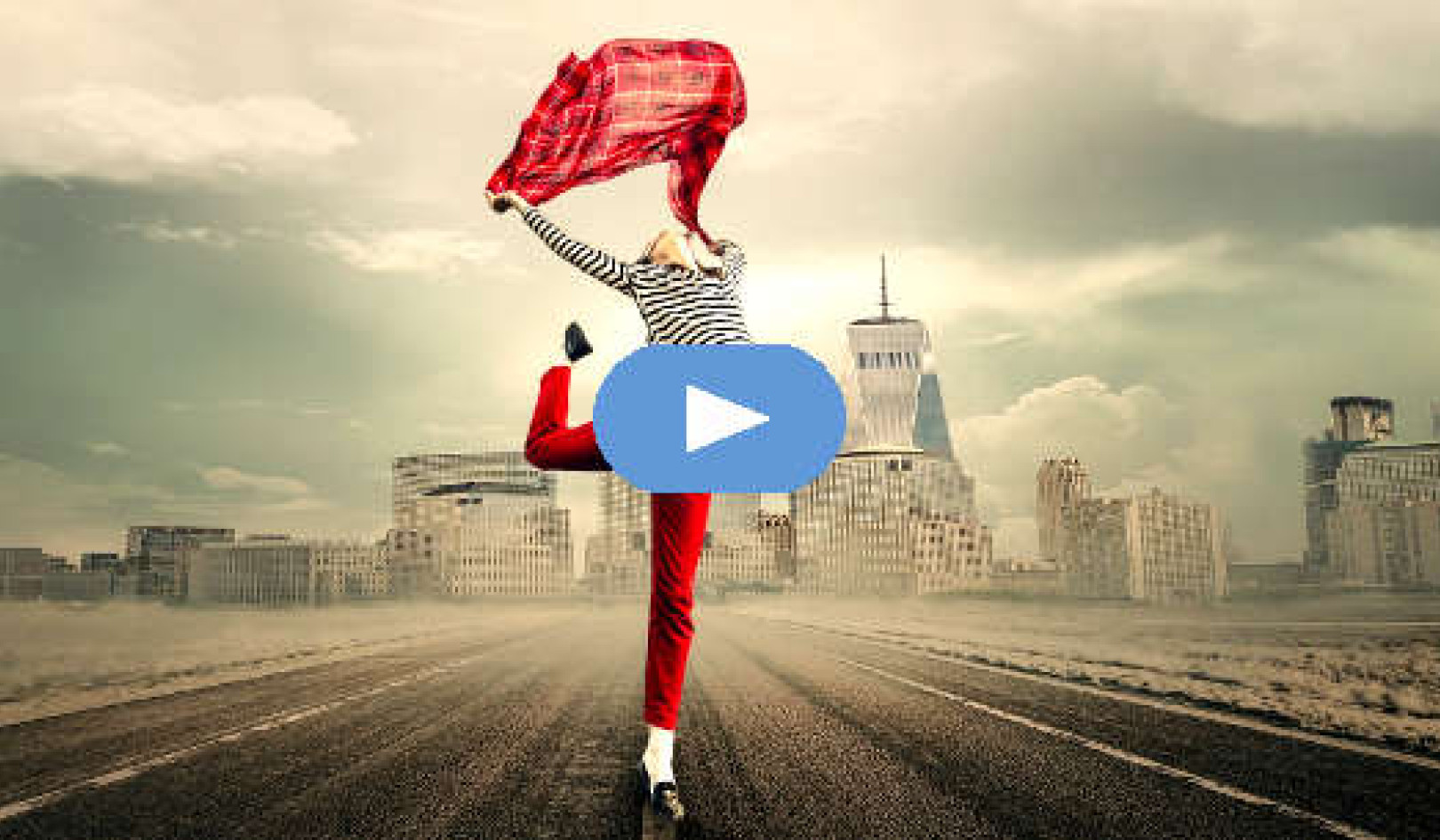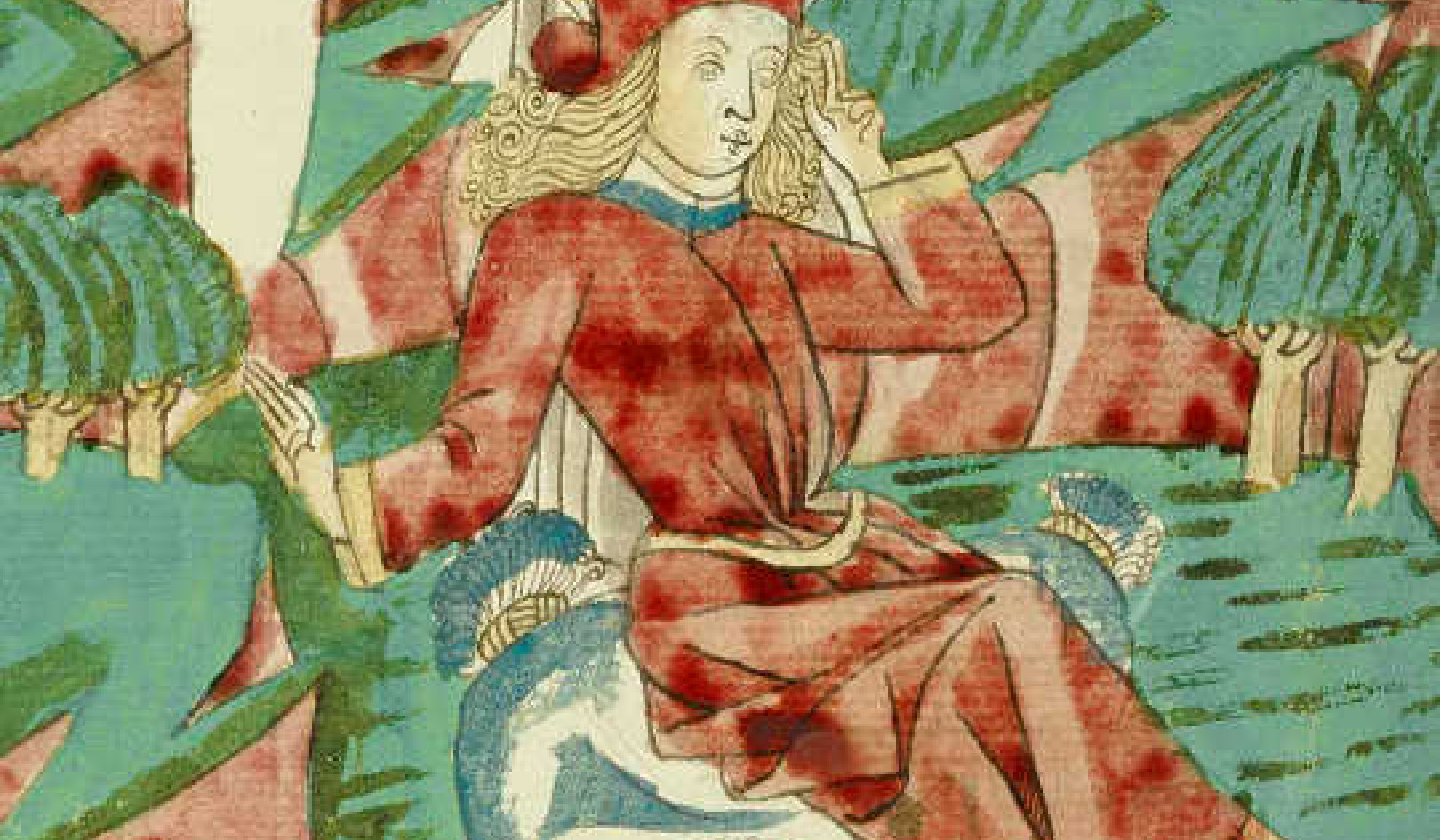
The Life Path is a kind of connecting thread that each human being follows during the course of his or her life. Brazilian novelist and visionary Paulo Coelho uses the term Personal Legend in his beautiful book The Alchemist to describe the same thing. We can compare it to the script for a film or the “route map” for present-day rally enthusiasts. We move forward on this path by making use of the vehicle that is our physical body.
Here Eastern wisdom offers us a useful metaphor: the physical body is a carriage that travels down a path that symbolizes life—what I call the Life Path. The road on which the carriage travels is a dirt road. Like all unpaved roads it has potholes, bumps, stones, ruts, and ditches on both sides.
The holes, bumps, and stones are the difficulties, the blows of life. The ruts are already existing patterns that we pick up from others and repeat in our own life. The ditches, some deep, some shallow, represent the rules, the boundaries that we have to stay within to avoid accidents. The road sometimes has low-visibility turns, and there can be areas of mist and storms that occlude the path. These are the times in life when we’re “in the fog,” where we have difficulty seeing or foreseeing clearly because we can’t see what lies ahead.
The carriage is pulled by two horses, one white (yang) on the left and one black (yin) on the right. The horses symbolize our emotions, which pull us around or even lead us through life. The carriage is driven by a coachman who represents our thinking mind, the conscious part of ourself. The carriage has four wheels. The front wheels correspond to our arms and maintain the direction, or rather convey the direction given by the coachman to the horses; the back wheels correspond to the legs, which carry and convey the load (and are therefore always bigger than the front wheels).
Inside the carriage there is a passenger whom we don’t see. This passenger is the inner master or guide, which each one of us has. This is the nonconscious or the holographic consciousness; Christians call it the guardian angel.*
*The nonconscious is a broader concept than the unconscious of Western psychology. It is the second part of human consciousness, which consists of two parts, one that is “conscious” and one that is not “conscious.” The conscious part is the one we use for reflection, voluntary actions, work, and so on. The nonconscious part is the one that functions unconsciously, all the time. It is analogous to the prenatal Shen of Taoist philosophy, which has chosen to incarnate in a particular human body because it is aware of what this particular soul needs to accomplish on Earth in this incarnation, that is, it knows the destination of the person’s Life Path.
Who Is Driving?
The carriage travels on life’s road, apparently driven by the coachman. I say “apparently” because although he is certainly the driver, it is the passenger who has given the driver the destination. The coachman, which is our mind, our thinking process, drives the carriage.
The quality and comfort of the trip (i.e., one’s existence) depends on the quality of the coachman’s attentiveness and how he drives (firmly but gently). If he mistreats the horses (the emotions) and bullies them, they will become agitated or bolt, possibly causing an accident, just as our emotions sometimes cause us to do unreasonable or even dangerous things. If the driver is too laid-back, if he lacks attentiveness, the team of horses will get into the ruts (in the form of replaying parental patterns, for example). Then we are following other people’s footsteps and may end up in the ditch if that’s what happened to them.
In the same way, if he’s not watchful the coachman is not going to be able to avoid dips, bumps, and potholes (blows, mistakes in life), so the trip will be very uncomfortable for the carriage, the coachman, and the inner master. If the coachman nods off or doesn’t hold the reins, it will be the horses that end up driving the carriage. If the black horse is stronger (because we looked after him better), the carriage will veer to the right and be guided by maternal emotional representations. If the white horse is dominant because we have looked after him better, the carriage will veer to the left, toward paternal emotional representations. If the coachman drives too fast or pushes too hard, as we sometimes do, or if the horses bolt, it will be the ditch or an accident that will bring the conveyance to a stop more or less violently and with a certain amount of damage (accidents and trauma).
Sometimes a wheel or a part of the carriage gives way (sickness), either because it was weak or because the carriage hit too many bumps or too many potholes (behavioral overload, deficient attitudes). Then repairs will be needed, and depending on the seriousness of the breakdown we will either take care of it ourself (rest, regeneration), or we will call a handyman (alternative or natural medicine) or a mechanic (modern allopathic medicine). In any case, it will not be enough to just change the part. It’s essential to think carefully about how the coachman drives and how we are going to change our behavior and the attitudes we have toward life if we don’t want another breakdown.
Where Are We Headed?
Sometimes the carriage goes through zones where we can’t see ahead clearly. There might be a turn in the road. We can see it coming so we have to slow down and check out the direction of the turn, following its curve, keeping the horses under control (mastering our emotions when we experience a time of deliberate or unexpected change).
When there’s fog or a storm it’s harder to drive the carriage, so we must really slow down and pay attention to the sides of the road. At such times we need to have full or even blind confidence in the road ahead (the natural laws or the rules of the various traditions and religions); we must also have faith in the inner master (the nonconscious) that has chosen this road. These are the times in life when we are “lost in the fog,” when we no longer know where we’re going. At such times all we can do is let life show us the way.
Sometimes, as it happens, we come to a crossroads. If the road is not well marked we won’t know what direction to take. The coachman (the thinking mind, the intellect) may pick a direction randomly. The more confident the coachman is, sure that he knows everything and has mastered everything, the more he will think he knows which direction to choose. In such cases the risks are proportionately greater. This is the realm of the “rational technocrat,” where we believe that reason and the intellect alone can solve everything.
On the other hand, if the coachman is humble and honest with himself he will ask the passenger, the inner master, which route to take. The passenger knows where he is going; he knows the final destination. He can then tell the coachman, who will take that direction on condition that the coachman is actually able to hear him. In fact, because the carriage sometimes makes a lot of noise as it rolls along, the coachman may need to stop the carriage to allow for an exchange with the master inside. These are the pauses, the time-outs that we sometimes take to reconnect with ourself, because it often happens that we lose contact with our own inner guidance, the inner knowledge of our own Life Path and destination.
So here we have a simple image that represents quite accurately what the Life Path is. This metaphor explains the way things happen in life and what can get us off-track.
©2018 by Michel Odoul & Inner Traditions Intl.
Translated from: Dis-moi où tu as mal, je te dirai pourquoi.
Reprinted with permission of the publisher,
Healing Arts Press. www.InnerTraditions.com
Article Source
What Your Aches and Pains Are Telling You: Cries of the Body, Messages from the Soul
by Michel Odoul
 Offering keys to decipher what the body is trying to tell us, the author shows that we can learn to see physical ailments not as something caused by chance or fate but as a message from our heart and soul. By releasing the energies and patterns they point to, we can return to a state of health and forward movement on our path through life.
Offering keys to decipher what the body is trying to tell us, the author shows that we can learn to see physical ailments not as something caused by chance or fate but as a message from our heart and soul. By releasing the energies and patterns they point to, we can return to a state of health and forward movement on our path through life.
Click here for more info and/or to order this paperback book and/or download the Kindle edition.
About the Author
 Michel Odoul is a shiatsu and psychoenergetic medicine practitioner as well as the founder of the French Institute of Shiatsu and Applied Physical Psychology. He has appeared at numerous health conferences through the world, including the 2013 international meeting of Acupuncturists without Borders. He lives in Paris.
Michel Odoul is a shiatsu and psychoenergetic medicine practitioner as well as the founder of the French Institute of Shiatsu and Applied Physical Psychology. He has appeared at numerous health conferences through the world, including the 2013 international meeting of Acupuncturists without Borders. He lives in Paris.
Related Books
at InnerSelf Market and Amazon

























